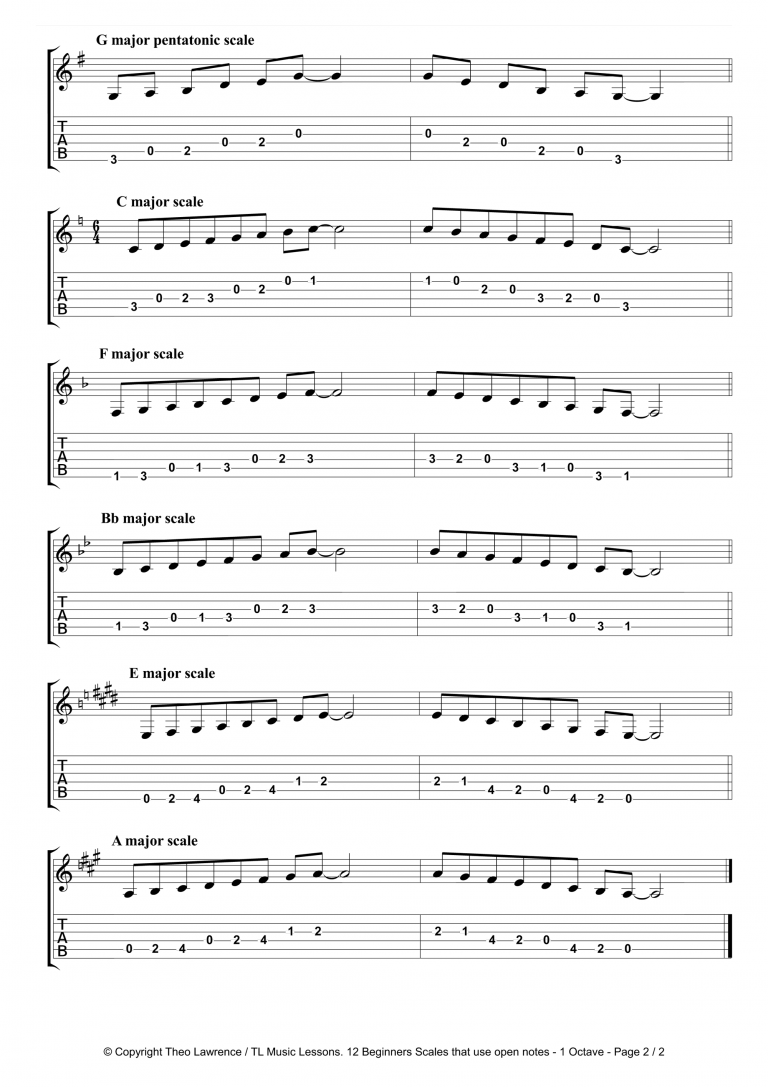

#Octave in music series#
The octave is a natural component of the harmonic series because of the frequency connection, "twice as fast." the octave is the step that takes place in the harmonic series between the first and second harmonics. Both of these pitches are considered to be an A.Ī fundamental frequency is the starting point for the harmonic series, which is a collection of frequencies that are multiples of that frequency by positive integers. For instance, a string that vibrates at a rate of 440 cycles per second can produce a pitch that is designated as an A, while a string that vibrates at a rate of 220 cycles per second can also produce a pitch that is marked as an A. As a direct consequence of this, the name given to the letter is identical across the board. As a result of this link, we understand it to share very comparable characteristics with pitches that are spaced apart by an octave from one another. The pitch that is produced by a string that vibrates at a rate of 440 times per second, for instance, is higher by one octave than the pitch that is produced by a string that vibrates at a rate of 220 times per second. This results in a space that is known as an octave being created between the two pitches.

This means that the octave represents a twofold increase in the rate of vibration.

To provide a more in-depth explanation, an octave is the interval that is created between two pitches when the frequency of one pitch is doubles that of the other pitch. The exact interval or distance that exists between any two musical notes is referred to as an octave. This is the reason why we will go over everything there is to know about Octave in this article. Sometimes, even for musicians themselves, music terminology can be difficult to understand. The definition of this term is something that every music enthusiast and musician should be familiar with.


 0 kommentar(er)
0 kommentar(er)
